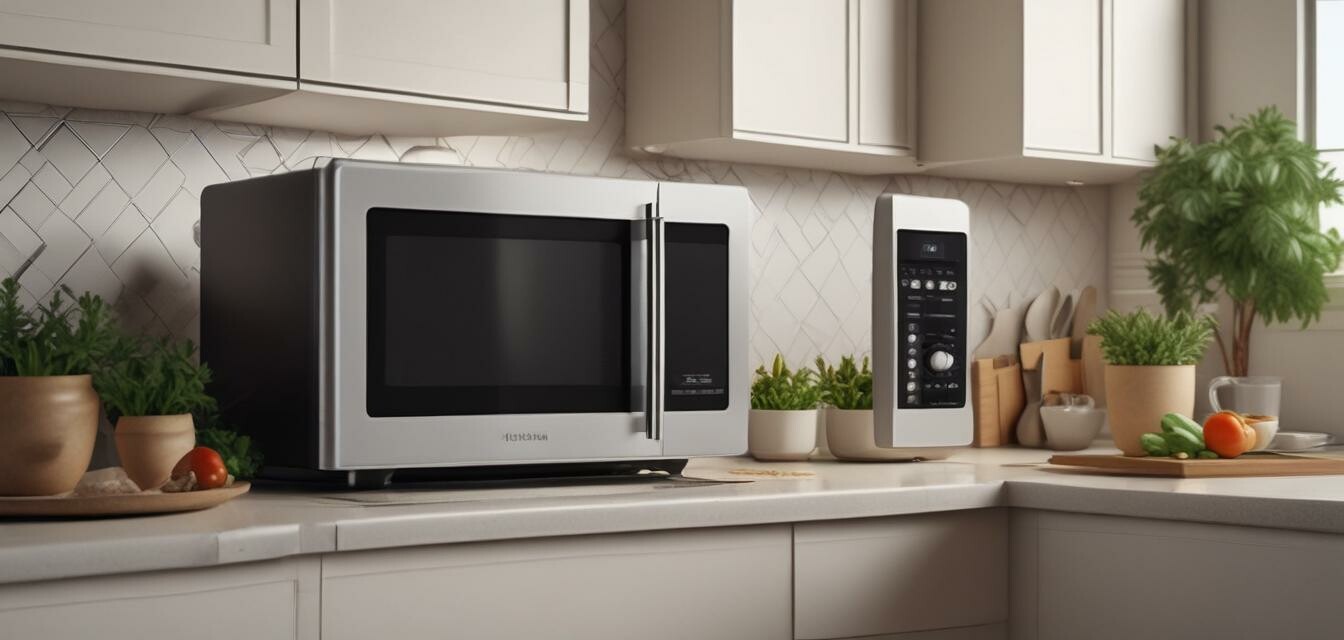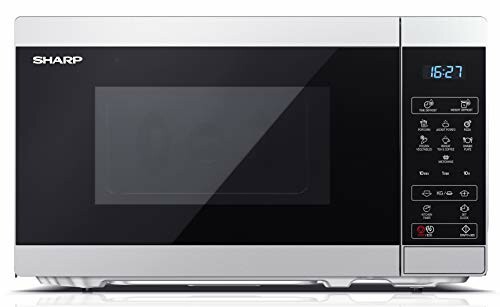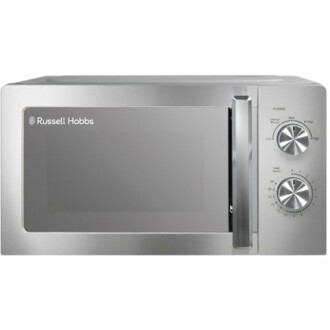
Eco-Friendly Tips for Using Your Microwave
- Optimize microwave usage to save energy and reduce waste.
- Utilize eco-friendly microwave features effectively.
- Keep your microwave clean for optimal performance.
- Know which materials are safe for microwave use.
Microwaves are a convenient way to heat food quickly, and when used wisely, they can also play a role in energy efficiency. This article provides practical advice on how to use your microwave in a more eco-friendly way, maximizing efficiency while minimizing energy waste in your kitchen. Whether you’re reheating leftovers or cooking a quick meal, consider these tips to make your microwave usage greener.
1. Choose Energy-Efficient Microwave Models
When selecting a microwave, consider opting for energy-efficient models. Features to look for include:
- Power-saving modes
- Inverter technology for even cooking
- Timer settings for precise cooking
Investing in an eco-friendly microwave not only helps the environment but can save you money on your electricity bill. Here are two excellent options:
SHARP YC-MS02U-S Compact 20 Litre 800W Digital Microwave
This sleek microwave features 11 power levels, ECO mode, and a handy defrost function, perfect for efficient cooking.
Learn More2. Use Your Microwave Wisely
Maximize your microwave's efficiency by following these tips:
- Use it for small portions instead of heating up your stove or oven.
- Cover your food to help it heat evenly and retain moisture.
- Always microwave food in microwave-safe containers.
Remember to take advantage of built-in features like the timer and power settings to avoid overcooking and wasting energy.
Understanding Microwave Power Levels
Many people overlook the importance of microwave power levels. By adjusting the power level based on food type, you can enhance efficiency:
| Power Level | Recommended Use |
|---|---|
| High (100%) | Heating soups, sauces, and beverages. |
| Medium (50%) | Cooking eggs, oatmeal, and baking potatoes. |
| Low (30%) | Defrosting meat and softening butter. |
3. Keep Your Microwave Clean
A clean microwave not only looks good but also works more efficiently. Here’s how to maintain it:
- Wipe down the interior regularly to avoid lingering odors.
- Remove and clean the turntable frequently.
- Use natural cleaning agents like vinegar and baking soda.
Regular maintenance will help your microwave last longer and perform better.
Safe Materials for Microwave Use
Not all materials are safe to use in the microwave. Here’s a quick reference guide:
| Material | Microwave Safe? |
|---|---|
| Glass | Yes |
| Plastic | Check for microwave-safe label |
| Metal | No |
4. Consider Using Eco-Friendly Products
Further enhance your eco-friendly practices by utilizing sustainable kitchen products, such as:
- Reusable microwave covers instead of plastic wrap
- Compostable containers for storing leftovers
Russell Hobbs Stainless Steel Microwave
With 5 power levels and a compact design, this microwave is perfect for energy-efficient cooking.
Learn MoreKey Benefits of Using Your Microwave Eco-Friendly
Embracing eco-friendly practices in your kitchen is not just about saving money; it’s also about making conscious efforts towards sustainability:
- Reduced energy consumption leads to lower utility bills.
- Using fewer resources supports a greener environment.
- Your actions can inspire others to adopt eco-friendly habits.
By following these tips, you can increase your microwave's efficiency while reducing its environmental impact. For more advice on energy-saving appliances, check out our informative articles on energy-saving dishwashers and energy-efficient refrigerators.
Tips for Beginners
- Start by reading your microwave's manual for specific instructions.
- Experiment with different power levels to find what works best for you.
- Keep track of your microwave usage to identify areas for improvement.


